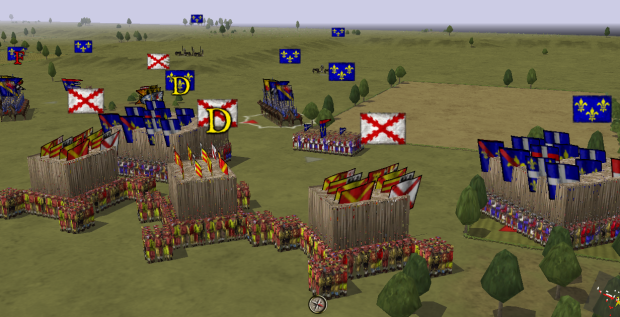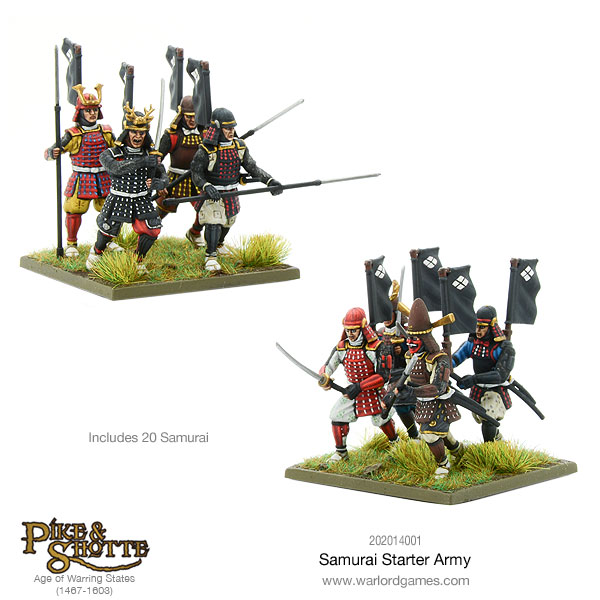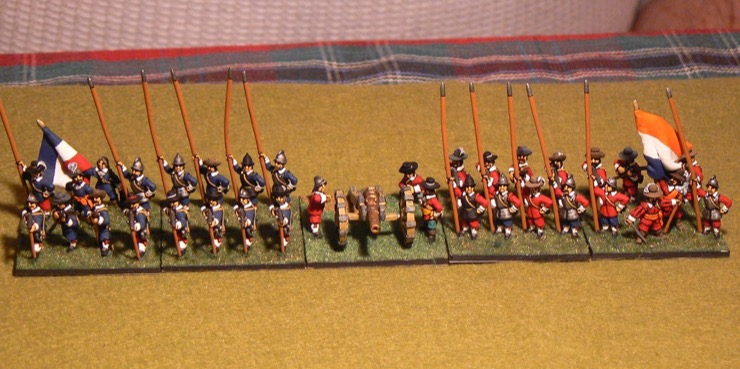

As time went on and the infantry training become better and the size of armies began to grow with regular levies while the warrior classes were also losing economic power as trade increased the relative value of crafts/manufactures vs land rents of knights there was also a growth of central authority opposed to concentrations of military power other than a monarch whose growing authority and taxation options allowed the recruitment of larger armies than any of the lower-ranking Lords who had been able to successfully challenge Royal power in the previous centuries because a few Lords could put as many knights into the field as the king.

As free cities, communes, and non-knightly armies began to revive infantry skill at arms (basically semi-regular drill and some relatively socially lowly ranked commanders with fighting experience) it was largely due to social changes where freemen, guildsmen, and urban professionals (when the majority of the population were still agrarian farmers) had the political power to organize and train at fighting skills.

There was a brief interlude (relatively to history) where infantry dominated offensive armies gave way to cavalry armies during the 700-1100 CE that wasn't based much on military superiority but on social organization and logistical capability.

Go back further to see the development of pike and shot tactics.


 0 kommentar(er)
0 kommentar(er)
